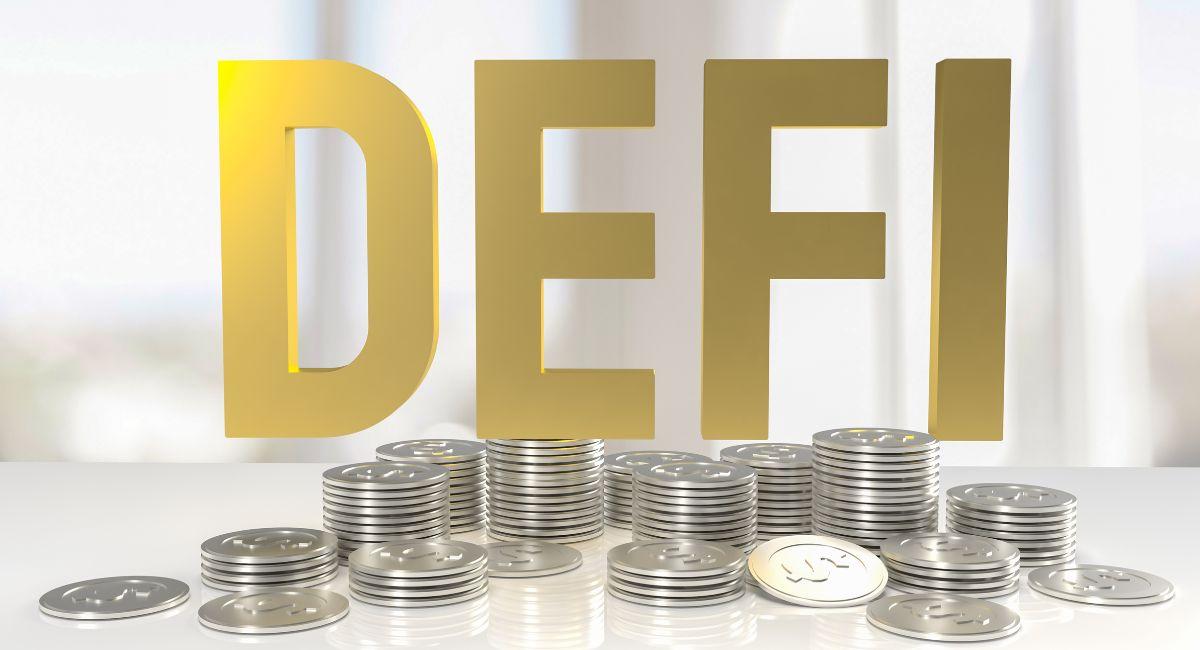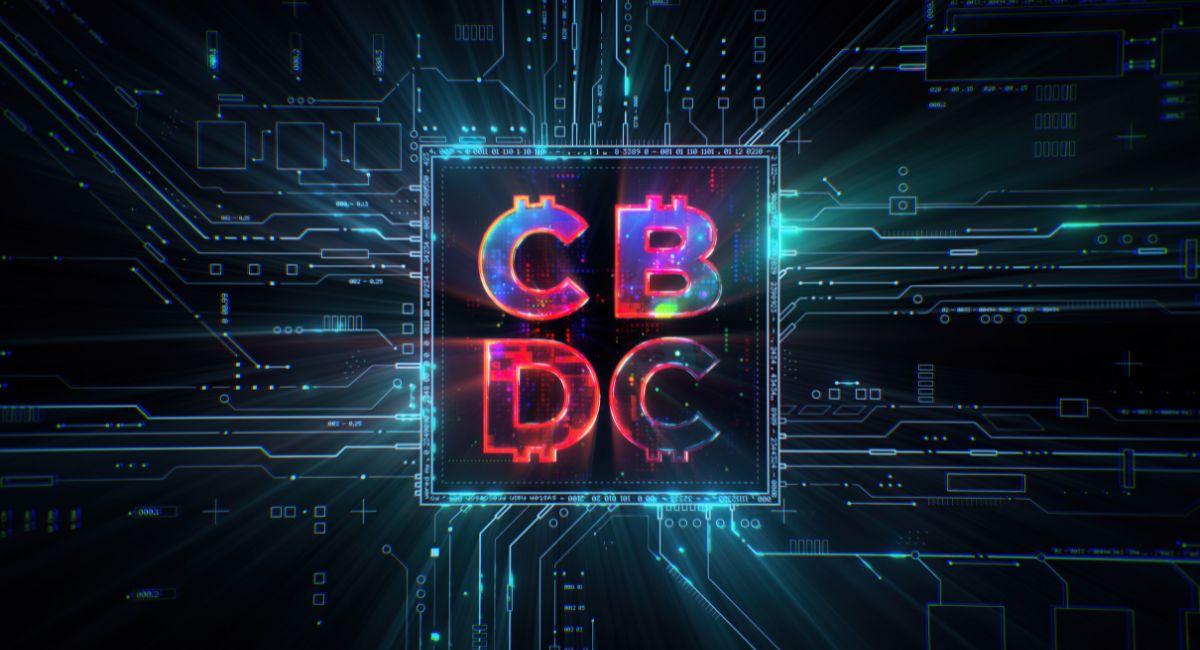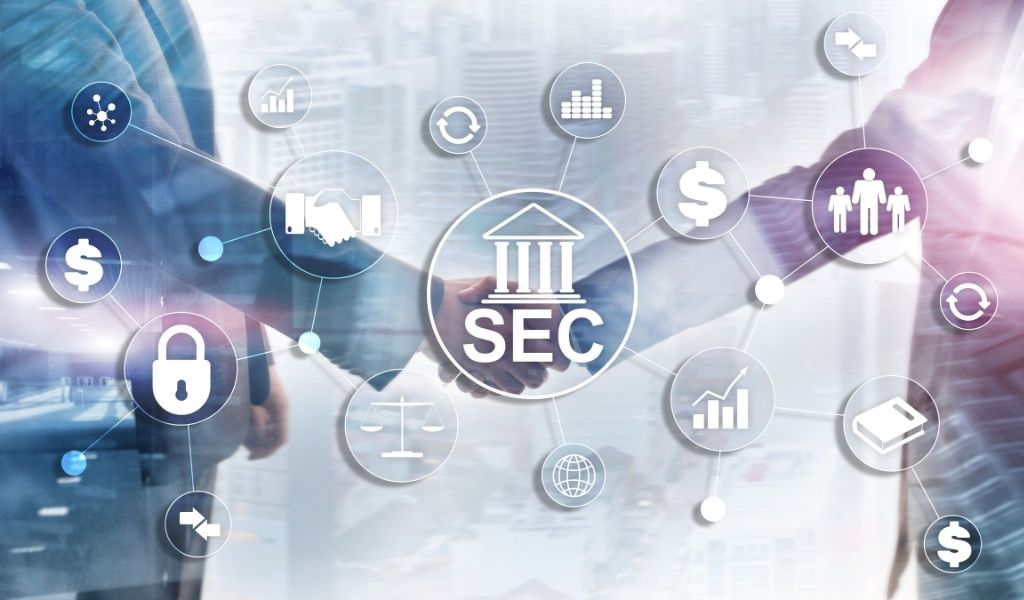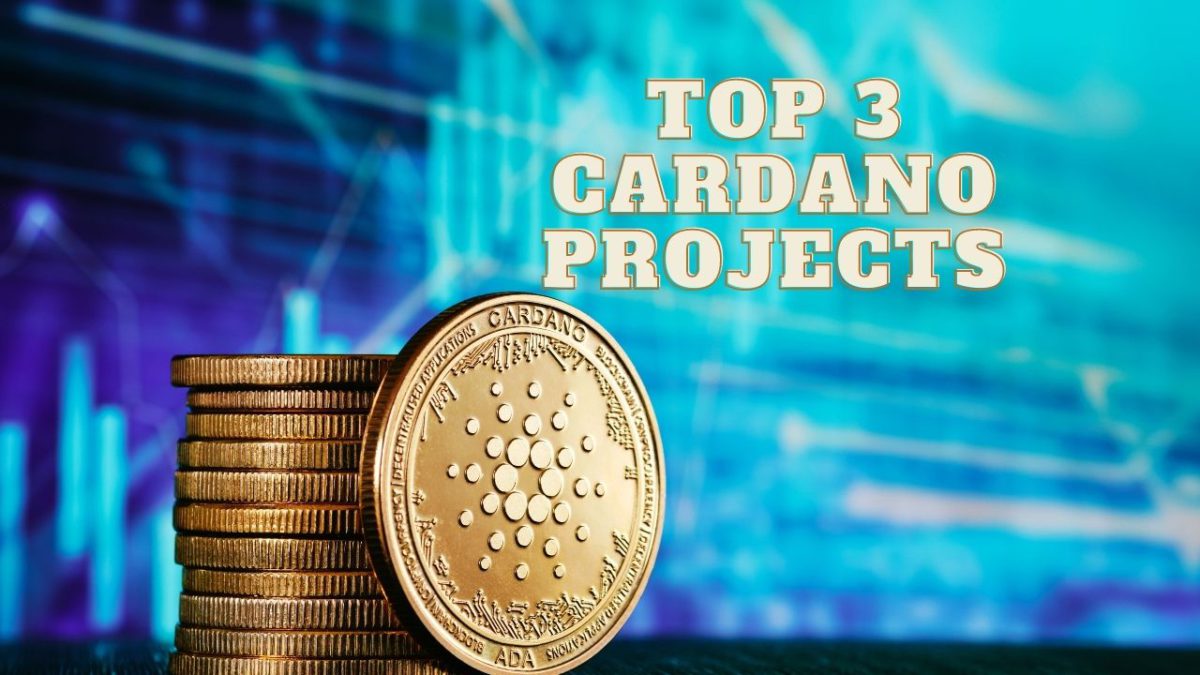The Rise Of DeFi in the Wake of the Impending Crash In 2024: Will The Amazing AI Power the Next Wave of Innovation
The 2024 crypto crash has shaken the industry, but it could also serve as a catalyst for innovation, particularly in the realm of Decentralized Finance (DeFi). In the aftermath of the crash, a renewed focus on security, reliability, and user protection might fuel the development of AI-powered DeFi solutions. Here’s an exploration of this potential trend:
The DeFi Advantage: Transparency and Security
- DeFi protocols operate on public blockchains, offering greater transparency and immutability compared to traditional financial systems.
- This inherent transparency could be appealing to users seeking a more secure and less susceptible to manipulation alternative in the wake of the crash.
AI for Enhanced Risk Assessment:
- Artificial intelligence can be harnessed to analyze vast amounts of data on DeFi protocols and smart contracts, identifying potential vulnerabilities and security risks.
- AI-powered risk assessment tools can help users make more informed decisions and mitigate potential losses.
Automated Transactions for Efficiency and Accuracy:
- AI can be used to automate various DeFi functions, streamlining processes and reducing the risk of human error.
- Automated loan approvals, collateral management, and liquidity provision can enhance efficiency and reliability within DeFi protocols.
Building Trust Through Algorithmic Fairness:
- Transparency and fairness in AI algorithms will be crucial for building trust in AI-powered DeFi solutions.
- Bias detection and mitigation techniques must be implemented to ensure algorithms operate in a fair and unbiased manner.
Also, read – Top 10 Amzing Use Cases Of Crypto In The World Of NFT, Defi And Metaverse
Challenges and Considerations: The Thorny Integration of AI in DeFi

While the potential of AI to revolutionize Decentralized Finance (DeFi) is undeniable, integrating these powerful tools introduces a layer of complexity. Here’s a deep dive into the key challenges and considerations that need to be addressed:
1. Security and Reliability of AI Models:
- Vulnerability to Attacks: AI models are susceptible to manipulation through adversarial attacks. Malicious actors could exploit weaknesses in the model to generate misleading data or distort its decision-making, potentially leading to significant financial losses for DeFi users.
- Data Integrity: The quality and integrity of the data used to train AI models are paramount. Biased or inaccurate data can lead to biased or flawed decision-making by the AI, creating risks for DeFi applications.
- Explainability and Transparency: Understanding how AI models arrive at their decisions is crucial. In DeFi, a lack of transparency can erode trust and make it difficult to identify and address potential biases or errors.
2. Maintaining Decentralization:
- Centralized Control of AI Development: The development and training of AI models often require significant resources and expertise. This could lead to a scenario where a few powerful entities control the AI used in DeFi, undermining the core principle of decentralization.
- Fair Access and Governance: Ensuring fair and equitable access to AI-powered DeFi services is crucial. Without proper safeguards, a system could emerge where only those with access to the best AI have an advantage, exacerbating existing inequalities.
3. Regulatory Uncertainty:
- Evolving Regulatory Landscape: Regulatory frameworks for AI are still evolving. Applying these frameworks to AI-powered DeFi solutions will be complex, requiring careful consideration of how to balance innovation with risk mitigation.
- Potential for Stifled Innovation: Overly stringent regulations could stifle innovation in the DeFi space. Striking a balance between protecting users and fostering responsible development will be a delicate act for regulators.
Navigating the Thorny Path:
Despite the challenges, there are ways to mitigate these risks and integrate AI into DeFi responsibly. Here are some potential solutions:
- Open-source AI Development: Encouraging open-source development of AI models for DeFi can promote transparency and collaboration, fostering a more secure and decentralized ecosystem.
- Decentralized AI Training and Inference: Exploring ways to decentralize the training and inference of AI models could help maintain the core principles of DeFi.
- Standardized Security Audits: Implementing standardized security audits for AI models used in DeFi can help identify and address vulnerabilities before they are exploited.
- Collaboration Between Regulators and Industry: Open dialogue and collaboration between regulators and the DeFi industry are crucial to establish a regulatory framework that fosters innovation while mitigating risks.
Integrating AI into DeFi presents exciting possibilities, but it’s a path fraught with challenges. By prioritizing security, maintaining decentralization principles, and working collaboratively with regulators, the DeFi community can navigate these challenges and unlock the true potential of AI to revolutionize the future of finance.
The Future of DeFi: A Symbiotic Relationship with AI – A Phoenix Rising from the Ashes?

The hypothetical 2024 crypto crash, while devastating in the short term, could act as a catalyst for a more robust and innovative future for Decentralized Finance (DeFi). Here’s how the integration of Artificial Intelligence (AI) into DeFi could foster a symbiotic relationship, prioritizing security, reliability, and user protection.
A Catalyst for Change: AI in the Aftermath
A crash would likely prompt the DeFi industry to re-evaluate its priorities. Here’s where AI could play a transformative role:
- Enhanced Security: AI can be used to detect and prevent fraudulent activities within DeFi protocols. Anomaly detection algorithms can identify suspicious behavior, while AI-powered risk management tools can help mitigate potential losses.
- Improved User Experience: AI-powered chatbots can provide real-time customer support, while automated loan underwriting and portfolio management tools can streamline DeFi processes for users.
- Data-Driven Insights: AI can analyze vast amounts of data to identify profitable investment opportunities and generate personalized recommendations for DeFi users. This can empower individuals to make more informed financial decisions.
Building Trust Through Responsible Integration
The potential benefits of AI in DeFi are vast, but responsible implementation is crucial. Here’s how to ensure a successful integration:
- Security Audits and Transparency: Regular security audits of AI models used in DeFi are essential to identify and address vulnerabilities. Additionally, transparency in how AI makes decisions can foster trust among users.
- Focus on Decentralization: Decentralized training and inference of AI models can help maintain the core principles of DeFi. Open-source development can further promote collaboration and security.
- Regulation as a Guiding Light: Collaboration between regulators and the DeFi industry can lead to the development of a regulatory framework that encourages responsible AI development and protects users from potential risks.
A Symbiotic Relationship:
AI and DeFi have the potential to work together in a mutually beneficial way:
- AI Empowering DeFi: AI can provide the tools and analytics needed for DeFi to reach its full potential, attracting new users and fostering wider adoption.
- DeFi Fueling AI Innovation: The DeFi ecosystem can provide a valuable testing ground for AI applications, accelerating innovation and development in the field of AI.
A Brighter Future for DeFi:
The potential of AI to revolutionize DeFi is undeniable. By addressing the challenges, prioritizing security and user protection, and fostering a collaborative approach with regulators, the DeFi industry can emerge from a potential crash stronger and more innovative. This symbiotic relationship between AI and DeFi could pave the way for a more secure, user-friendly, and efficient future of decentralized finance.
A Note on Uncertainty:
The future of AI integration in DeFi remains uncertain. However, by learning from potential pitfalls and embracing responsible development, the industry can harness the power of AI to build a more robust and trustworthy DeFi ecosystem.
Conclusion: DeFi’s Phoenix Moment – Rising from the Ashes with AI
The hypothetical 2024 crypto crash, while a significant setback, could present a unique opportunity for Decentralized Finance (DeFi) to rise from the ashes as a more secure and reliable alternative within the cryptocurrency space. This rebirth could be fueled by a symbiotic relationship with Artificial Intelligence (AI).
Learning from the Past, Building a Better Future:
The crash would serve as a harsh lesson, exposing vulnerabilities and inefficiencies within the DeFi landscape. By leveraging AI, DeFi can address these shortcomings and emerge stronger:
- Enhanced Risk Management: AI-powered risk assessment tools can analyze market trends, identify potential threats, and alert users to dangerous investments. This can minimize losses and foster a more secure environment.
- Automated Processes and Efficiency: AI can automate tedious tasks within DeFi protocols, such as loan underwriting and portfolio management. This streamlines operations and improves the overall user experience.
- Data-Driven Decision Making: AI can analyze vast sets of data to provide users with personalized insights and recommendations. This empowers individuals to make informed investment decisions within the DeFi ecosystem.
The Road Ahead: Balancing Innovation and Responsibility
The integration of AI into DeFi holds immense promise, but navigating this path requires a nuanced approach:
- Overcoming Technical Hurdles: Security audits, ensuring explainability of AI models, and fostering open-source development are crucial to address potential vulnerabilities and maintain trust.
- Regulatory Clarity: Collaboration between regulators and the DeFi industry can establish a framework that fosters responsible AI development while mitigating systemic risks. This framework needs to be adaptable to keep pace with rapid innovation.
- The Decentralization Dilemma: Decentralized training and inference of AI models will be essential to uphold the core principles of DeFi. Finding a balance between centralized expertise and decentralized control will be a key challenge.
A Symbiotic Future Beckons
By overcoming these challenges, AI and DeFi can forge a powerful partnership:
- AI Empowering DeFi: AI can provide the tools and analytics needed for DeFi to reach its full potential, attracting new users and fostering trust within the broader financial landscape.
- DeFi Fueling AI Innovation: The DeFi ecosystem can serve as a valuable testing ground for AI applications, accelerating innovation and development in the field of AI.
The Phoenix Takes Flight
The potential 2024 crash, while disruptive, could ultimately be a catalyst for a more secure, reliable, and user-friendly DeFi ecosystem. By embracing AI responsibly, prioritizing user protection, and remaining true to its core principles, DeFi can emerge from this potential setback stronger and ready to take flight. This symbiotic relationship between AI and DeFi holds the key to unlocking the true potential of decentralized finance and reshaping the future of global finance.
Stay informed with daily updates from Blockchain Magazine on Google News. Click here to follow us and mark as favorite: [Blockchain Magazine on Google News].
Get Blockchain Insights In Inbox
Stay ahead of the curve with expert analysis and market updates.
latest from tech
Disclaimer: Any post shared by a third-party agency are sponsored and Blockchain Magazine has no views on any such posts. The views and opinions expressed in this post are those of the clients and do not necessarily reflect the official policy or position of Blockchain Magazine. The information provided in this post is for informational purposes only and should not be considered as financial, investment, or professional advice. Blockchain Magazine does not endorse or promote any specific products, services, or companies mentioned in this posts. Readers are encouraged to conduct their own research and consult with a qualified professional before making any financial decisions.

 Bitcoin
Bitcoin  Ethereum
Ethereum  Tether
Tether  XRP
XRP  Solana
Solana  Dogecoin
Dogecoin  USDC
USDC  Lido Staked Ether
Lido Staked Ether  Cardano
Cardano  TRON
TRON  Avalanche
Avalanche  Chainlink
Chainlink  Toncoin
Toncoin  Wrapped stETH
Wrapped stETH  Shiba Inu
Shiba Inu  Sui
Sui  Wrapped Bitcoin
Wrapped Bitcoin  Hedera
Hedera  Stellar
Stellar  Polkadot
Polkadot  WETH
WETH  Hyperliquid
Hyperliquid  Bitcoin Cash
Bitcoin Cash  LEO Token
LEO Token  Uniswap
Uniswap  Litecoin
Litecoin  Pepe
Pepe  NEAR Protocol
NEAR Protocol  Wrapped eETH
Wrapped eETH  Ethena USDe
Ethena USDe  Aave
Aave  Aptos
Aptos  Internet Computer
Internet Computer  USDS
USDS  Cronos
Cronos  POL (ex-MATIC)
POL (ex-MATIC)  Ethereum Classic
Ethereum Classic  Mantle
Mantle  Render
Render  Bittensor
Bittensor  MANTRA
MANTRA  Artificial Superintelligence Alliance
Artificial Superintelligence Alliance  Monero
Monero  WhiteBIT Coin
WhiteBIT Coin  Dai
Dai  Arbitrum
Arbitrum  Filecoin
Filecoin 



